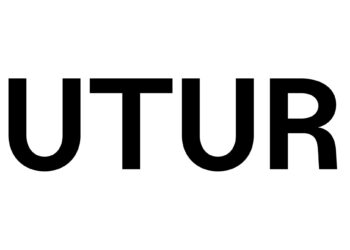BeFlow Launches Open API/SDK: Empowering Global Merchants to Enter the New Era of Digital Payments with Zero Barriers
In an era where digital assets and real-world commerce are rapidly converging, BeFlow is empowering the global merchant network with an open approach by officially launching its API/SDK integration channel. Any merchant, platform, or service provider can now integrate BeFlow’s Web3 payment capabilities at zero cost, transforming real-world spending behavior into user rights and assets—sharing in the dividends of digital finance.

⸻
Zero-Barrier Integration: Step into the Web3 Consumer Ecosystem
Traditional Web3 integrations often come with high entry barriers, long development cycles, and complex blockchain requirements. BeFlow offers standardized, highly compatible integration tools tailored for merchants:
• Open API Interfaces: Enable quick integration with existing systems without restructuring business processes.
• Lightweight SDK Packages: Adapted for both mobile and web, making front-end and back-end development easier.
• Comprehensive Documentation & Technical Support: Fast deployment, stable operation, and one-stop assistance.
From QR payments and order settlements to user rewards, every step can be seamlessly connected through BeFlow’s interfaces. Merchants can benefit from Web3’s asset accumulation and user engagement without needing to understand complex blockchain logic.
⸻
Every Payment Becomes a User’s Asset Accumulation
BeFlow’s original “Payment-as-Equity” model provides merchants with a new growth engine:
• User Payments Generate Equity Certificates: Encouraging continuous engagement and repeat purchases.
• Equity Assets Released in Cycles: Enhancing long-term user retention.
• Transparent, Traceable Payment Data: Strengthening platform trust.
Through technology, every payment becomes meaningful—transforming user loyalty into lasting merchant value.
⸻
Merchant Incentives = User Rewards = A Long-Term Growth Engine
In BeFlow’s model, merchant incentives are no longer one-off discounts, but a structured approach to activate user engagement:
• Merchant Rewards Automatically Convert into User Power Incentives (no blockchain knowledge required).
• Users Receive Ongoing Equity Releases, experiencing the extended value of each payment.
• Higher Repurchase Frequency and User Retention, improving merchants’ real operational data.
This creates a truly digital business model where “incentives don’t lose money—they drive growth.”
⸻
From Local to Global: Building a Collaborative Digital Payment Network
BeFlow’s open API/SDK not only supports rapid local integration but also enables global expansion capabilities:
• Multi-Language / Multi-Currency Support
• Compatibility with Off-Chain Acquiring and On-Chain Asset Generation
• Integration with BeFlow Wallet, PopChain, and BeeVault Ecosystem Products
Through these open capabilities, BeFlow is building a global collaborative payment network for merchants, developers, and service providers—empowering every business to own its digital distribution capability in the new financial era.
⸻
Conclusion
The launch of BeFlow’s API/SDK marks a significant milestone in its global consumer finance strategy. It is no longer a traditional “payment system,” but a user asset generator, a consumer incentive platform, and a new engine for digital transformation.
Let payments go beyond transactions—enabling merchants and users to grow together. Now is the best time to join BeFlow’s open ecosystem.
Disclaimer: The content of this article solely reflects the author's opinion and does not represent the platform in any capacity. This article is not intended to serve as a reference for making investment decisions.
You may also like
FUTURE Holdings Raises CHF 28 Million to Cement Switzerland’s Role in Institutional Bitcoin Finance

Senator Lummis Pushes for U.S. Strategic Bitcoin Reserve to Tackle Soaring National Debt

Former Rugby League Star Trent Merrin Charged Over Alleged AUD $140,000 Crypto Theft

Bitcoin Updates: 2028 or 2035? The Ongoing Quantum Era Discussion on Bitcoin’s Longevity
- Experts warn Bitcoin's ECC-256 encryption could be cracked by quantum computers by March 2028, per the Quantum Doomsday Clock's 2.3-year threshold projection. - Breaking Bitcoin's cryptography requires 1,673 logical qubits, achievable through exponential qubit growth and error-rate improvements by 2027-2028. - Industry responses include BTQ's quantum-safe Bitcoin implementation and IBM's 2029 fault-tolerant quantum computer, while governments advocate 2035 migration timelines. - The timeline debate highl
